Wahoo has made a trio of announcements today, including new hardware, new RGT app features, and new firmware. This post is all about the new hardware side of things for Wahoo KICKR STEER, in conjunction with the new RGT steering features. However, I’ve got a second post coming a bit later covering the new firmware for the Wahoo KICKR V6 & KICKR Bike V2, which dramatically increases the power (wattage) signal transmission rate to apps like Zwift, enabling faster sprint reaction times.
On the hardware side of things, the new KICKR STEER is an non-electronic accessory that mounts on the front of your bike (or indoor smart bike) to provide steering within RGT (that’s Wahoo’s indoor training/racing cycling app). The accessory lets you place a phone in a tray, which then leverages your phones internal sensors to detect the tilting of the tray, causing your cycling avatar to take corners more tightly. But steering in RGT isn’t just limited to the KICKR STEER hardware, it also allows existing KICKR Bike’s to use the steering buttons (which Zwift already leverages) to steer in RGT, as well as allows you to use your phone without the STEER to manually steer (or even a keyboard to sorta-steer).
As usual, I’ve been giving the STEER a whirl to see how it performs, and where it falls a bit short. Let’s dive into it.
The Hardware:
First up, here’s the box it all comes in:
And here’s the contents unboxed:
Inside you’ve basically got four parts:
A) The main phone tray
B) The two steering paddles
C) The mount for your handlebars
D) Extra bits, tools & manual
Essentially, you get a new out-front beefcake of a metal bike mount. That bike mount is by default Wahoo ELEMNT series compatible, but, in the box they also include a small Garmin quarter-turn adapter. Thus you can easily swap it out for usage with your Garmin Edge series device if you have that instead.
First, you can stick the handlebar mount on your bike. This far-beefier version of an out-front bike mount also has special latches on it, designed to receive the phone holder portion. So when not being used for STEER, you can use it for your Wahoo or Garmin bike computer:
Next, go ahead and loosely assemble the two paddles into the main portion. You won’t want to tighten it yet, because you’ll want to figure out exact sizing/spacing on your bike. Then, mount it all to your bike. This just snaps in, super quick and easy. It’s got a little lock mechanism there to keep it from falling off:
Finally, adjust the two paddle arms to be within fingers reach of your handlebars, and ideally at the right matching angles to your bars. The height can be adjusted here as well prior to tightening.
Then simply use the wrench to tighten the bolt on the underside of each arm, which locks the whole setup in place. Admittedly, it’s a bit funky to understand placement/locking the first time before on your bike, but once on your bike it’ll all gel together and make sense. Now you’re ready to use it.
The RGT Integration:
To start with the obvious, as of today RGT has added steering capabilities to the app, which can be utilized one of 2.5 ways:
A) Wahoo STEER device with Wahoo RGT app on phone
B) Wahoo KICKR Bike Buttons (akin to Zwift steering on a KICKR Bike)
C) RGT Companion App, keyboard, or tablet and manually pressing to steer somehow while competitively cycling.
Despite the open and accessible Elite Sterzo Smart & JetBlack steering devices having been around for years, Wahoo decided to go closed and proprietary here. Sigh.
In any case, I’m going to focus on the STEER integration for this section. Obviously, you’ll need the Wahoo RGT Companion app on your phone, and that phone placed in the tray. The tray has a small inset for the camera bump on your phone, so it seems to stay there just fine (plus, it’s only tilting a few millimeters anyway):
Next, you’ll tap to the steering page in the companion ap. This has a few options, such as tweaking sensitivity and toggling whether it’s on or off. You can also see the arrows on the screen which you can tap to manually steer. But otherwise, it’s designed to be placed in the try an left alone during the rid.e
So I head out for my ride. I tried two different courses as part of two different rides. One was a giant rectangle with just left turns. That was exceptionally boring for this test. However, the second course, a crit course, provided a far better window into how this would be super useful in racing. As I approached a turn, I’d press on one of the paddle sides, which tilts the entire platform. The phone’s internal sensors (accelerometers and gyros) then react to that, which the RGT app then translates to movement of your rider:
I did this over and over again, both ways. And the results were somewhat mixed. For some turns, it reacted super quickly, yet other turns there was a bit of a delay (2-4 seconds), which is kinda a lot when trying to make a 90* turn. I tried all the sensitivity settings, and it feels like there should be yet another one that’s labeled “Crazy Sensitive” to really rip those turns around. Otherwise it’s not quite as aggressive as I want.
Still, as with Zwift steering, it’s silly how easy it is to get far better lines than others on default lines. I mean, I was doing a 200w steady-state workout and basically trimmed past everyone on every corner that was undoubtedly pedaling harder than me (cause they’d pass me on the straights).
And the ‘feel’ of the STEER here is actually really good. I like the ability to use my fingers from either hoods or drops, because as you might have noticed, there’s two ‘levels’ to the steer device, so it’s accessible from either location.
But it just feels really natural – not necessarily in a cycling way, but in a video game way. And while inevitably you’ll have someone in the comments section say “yeah, but you don’t steer your bike by pressing on a phone tray”, sure, but assuming you grew up in the last 40 years, you’ve learned how to use a phone or game controller/pad to control your direction of travel in games, be it riding, driving, flying, or who knows what else. We’re all past that point at this juncture in the collective universe. It’s second nature. And ultimately, this felt surprisingly good – despite being the crazy-looking contraption it is.
Still doesn’t mean they can’t tweak the sensitivity option a bit more, but, overall, a solid experience.
So what happens when you want to use your phone mid-ride? Well, if you pick it straight up, then you’re cycling avatar starts doing shots of tequila and swerves all over the place. However, Wahoo has you covered there too, with that little toggle to quickly turn off steering via phone. Definitely tap that first. Or do shots. Your choice.
At this juncture, like Zwift, you’ll stay in your ‘lane’ on whichever side of the road you’re on. So if your last move put you on the left side, you’ll hang out there, no matter what the road does (which could be advantageous, or not). But you’re not going to endo over the barriers and be left for dead on the side of the road. Though, one could argue that’d significantly up the gamification.
Once you’re done with riding indoors, to pop-off the STEER you’ll press the little locking button on the underside of the mount, sliding STEER off and putting your bike computer on:
Easy peasy.
Some Thoughts:
First, let me say that the feeling of the KICKR STEER is quite good from ‘how does it feel to steer’ standpoint. Meaning, that while the existing button method on the KICKR Bike (or other smart bikes), as well as the Elite Sterzo Smart turntable (like the JetBlack one) are all fine. They have their pros and cons. However, I’d argue this ‘felt’ the best in terms of natural movement.
I appreciate that it can be accessed from either the drops or hoods, and I don’t have to steer my entire front handlebars if I don’t want to. So, I actually like it. I also appreciate that Wahoo included a Garmin mount adapter in the box. They recognize Garmin is the giant in the room when it comes to cycling bike computers, so making it compatible there without fuss is a nice touch.
But, I’ve got some challenges with the whole concept.
A) It needs my phone in there uninterrupted: Maybe I’m alone here, but I kinda use my phone quite a bit during trainer rides. Sometimes to answer a text, perhaps check something on the interwebs, take an ultra-important Instagram Story photo, or umpteen other distracting things. While yes, there are some workouts where I’m dying on a trainer sweating buckets unable to type my name, the vast majority aren’t that way. So in this case, I can’t use my phone. Sure, I could use an older phone in there, but…that’s just one more thing to charge/update/etc…
B) It doesn’t work with Zwift: I get it, Wahoo owns RGT. But ultimately, very very very few people ride RGT. And here’s thing: Wahoo could have made this compatible with Zwift. They could have either developed an app that plugs into Zwift (just like the Elite Sterzo does), or, could have worked with Zwift to build it into the companion app. But unfortunately, Wahoo is too busy suing Zwift, so realistically that’s not likely to happen. I asked Wahoo if there was any Zwift integration plans, and the answer was no, that’d be on Zwift to develop something app-wise for it. Given Zwift has demonstrated through actions over the last few years they don’t care at all about their steering functionality, I certainly don’t see them adding code to help a company that’s suing them.
C) It doesn’t work with non-round bars: Half of the bikes in my stable don’t work with it. These are bars that are non-round (aero handlebars) or triathlon/TT bikes. But I also get that the vast majority of bikes have round handlebars, though, I’d question if the Venn diagram of people with high-end bikes that competitively race on RGT and want steering match that who have round handlebars. My guess is, many have fancier bikes with aero (non-compatible) bars).
D) Price: Priced at $99 seems a bit expensive for something limited to just one platform and without any electronics in it. I think the price they were selling it at – $49 – to Wahoo X subscribers over the weekend would actually make a lot more sense.
My issues here largely more conceptual than hardware. I think the hardware, while a wee bit crazy looking, does work really well. It feels strong and durable, and largely matches the Wahoo aesthetic. It’s just that I’m not sure the whole “don’t touch my phone and use RGT” thing matches what most people want.
Wrap-Up:
As I just outlined in the previous section, the KICKR STEER is a tricky device. On one hand, if you set aside the bulk and general aesthetic of it, it actually works pretty darn well in terms of usability. Sure, there’s a bit of lag, but that’s easily fine tuned by Wahoo and is an app thing, not a hardware thing. Having access to steering on both hoods and drops is a nice touch, as is the ability to have a metal out-front mount for regular bike computer usage. That in and of itself tends to be fairly pricey, though, usually those are more lightweight metals and less bulky.
In some ways, Wahoo has arrived at a crossroads of the future of the company. They’ve effectively just released their first hardware product that only works with their software platform. This coming from a company that pioneered open standards in the indoor trainer industry. There’s no technical reason this can’t work across platforms, except policy decisions. Decisions likely heavily influenced by Wahoo’s recent lawsuit against Zwift. But no matter which side of that lawsuit you come down upon, the end resultant doesn’t make the situation any better for the consumer (or the industry). And the STEER is a perfect example of it. It’s a product that in a different era of cooperation might have been super compelling to a wide swath of people. but now, despite being one of the better steering options from a ‘how it feels’ standpoint, it’s ultimately hamstrung by the politics of two of the biggest companies in the segment.
In any case, if you’re an RGT user with round handlebars and likes a bit more race realism – this is a cool accessory. For everyone else, you’re out of luck. It’s really as simple as as that.
With that – thanks for reading!
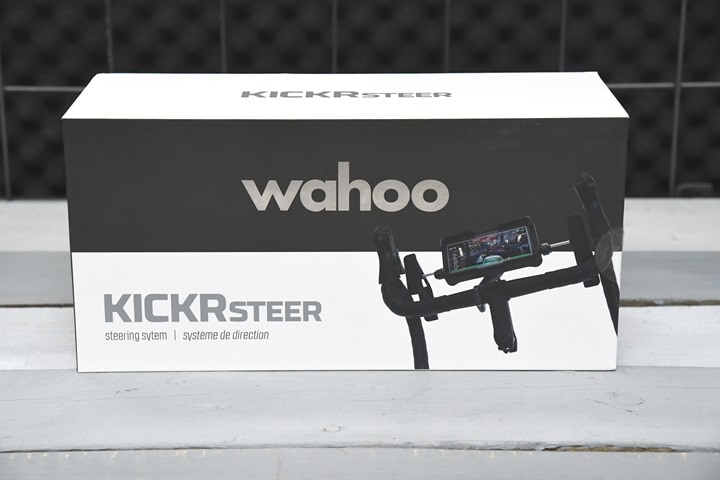

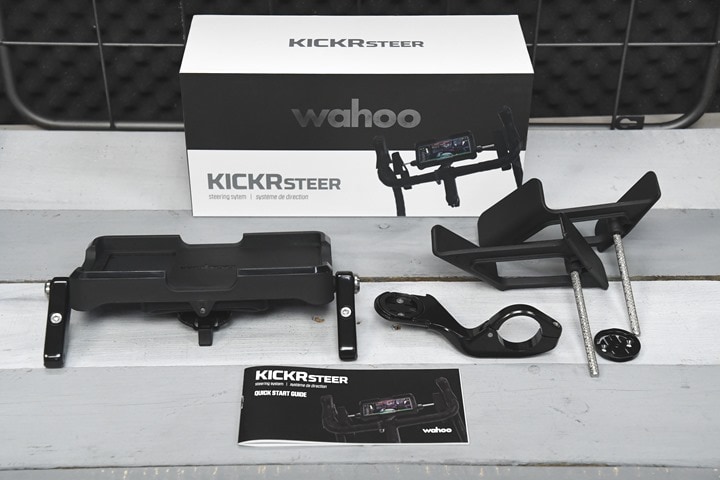
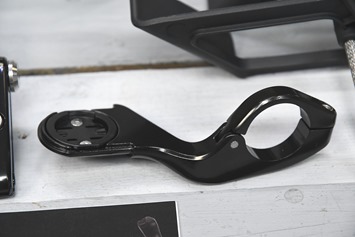
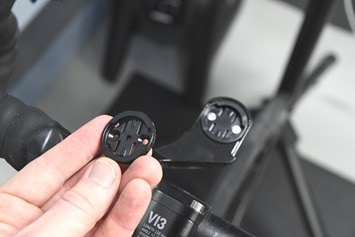

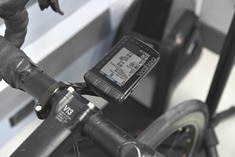
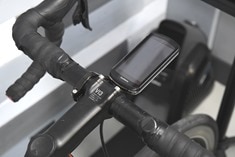
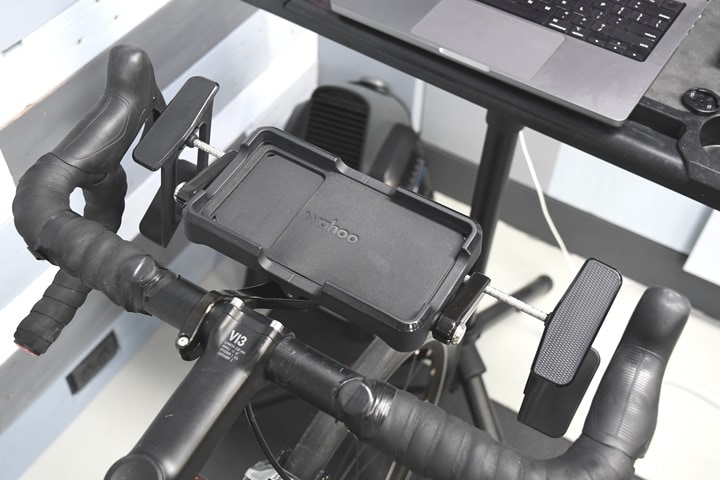
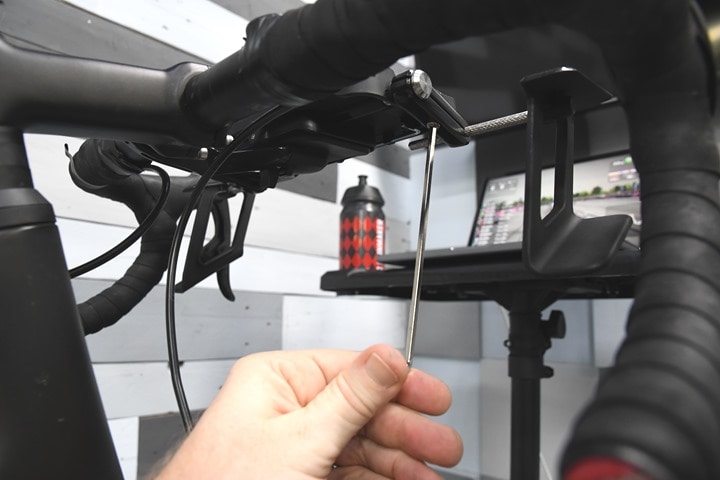
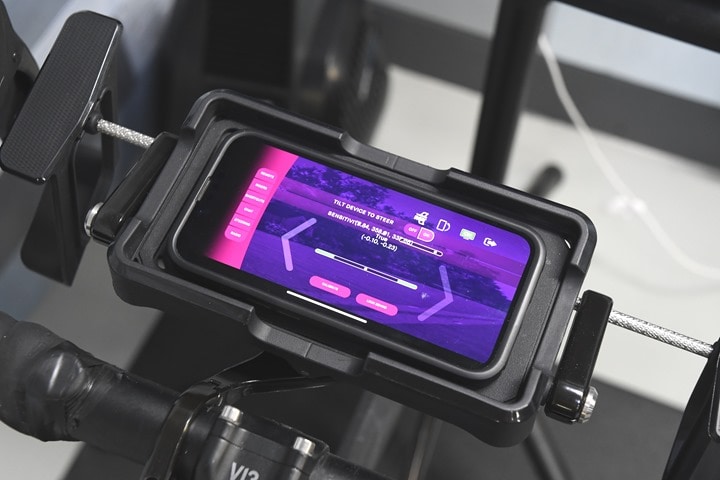
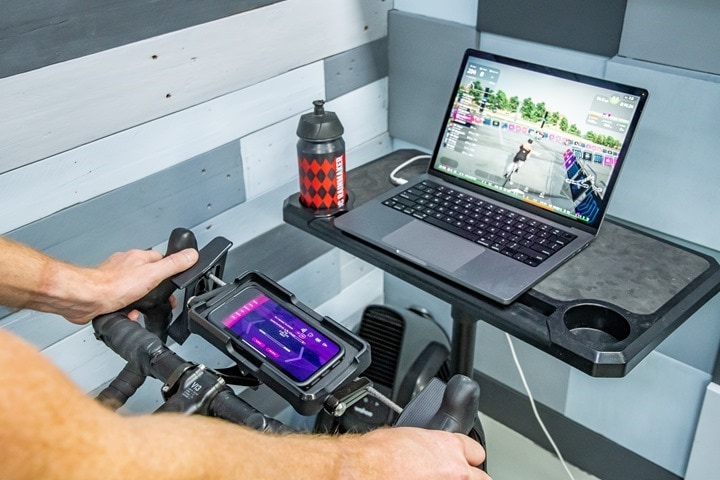
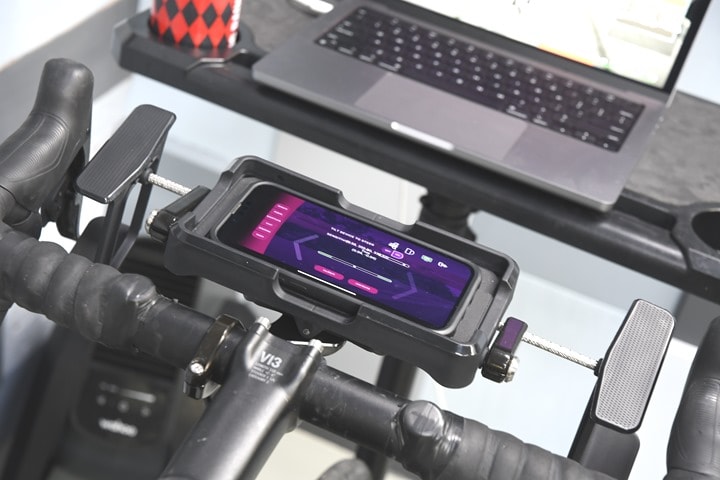
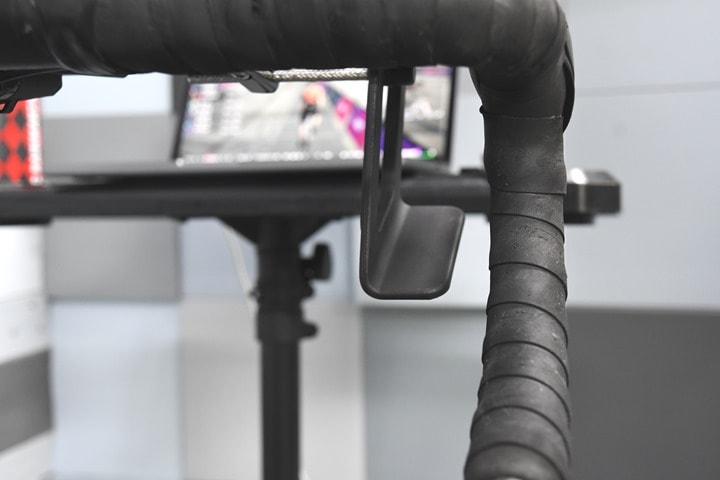
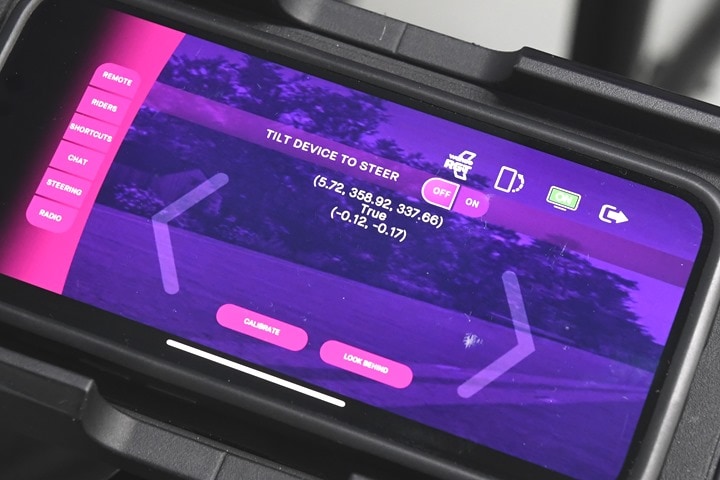
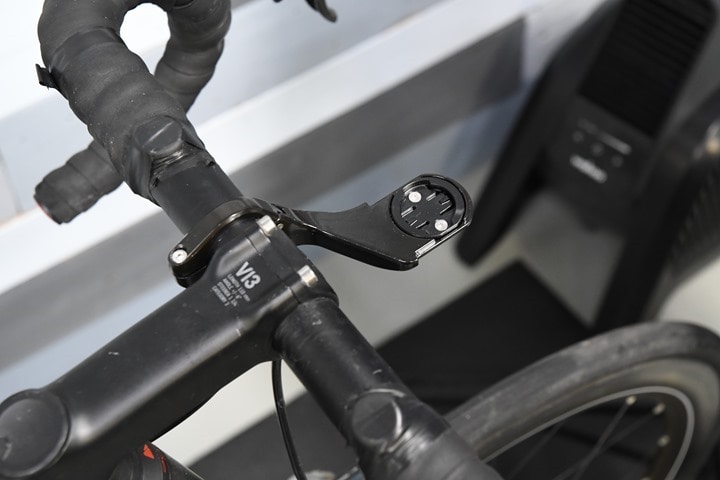
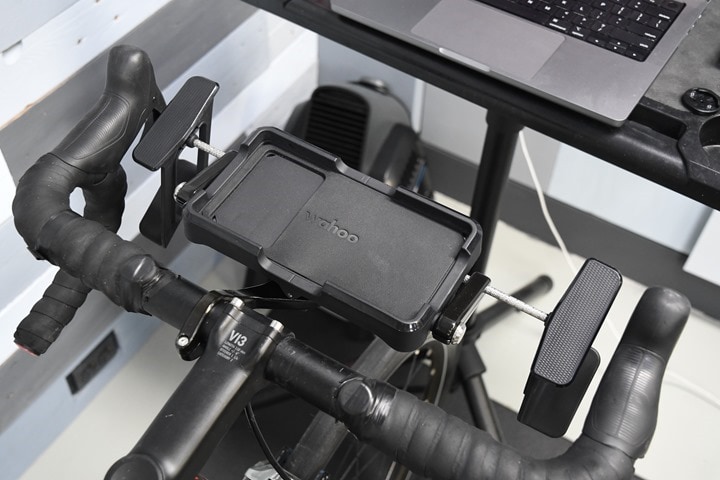
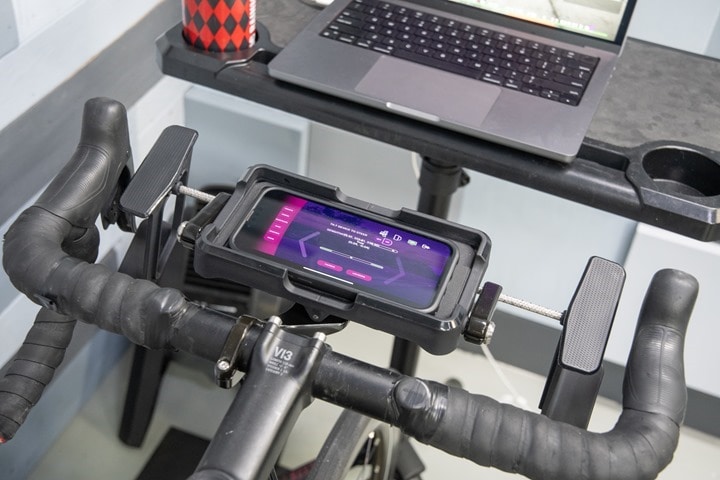
0 Commentaires